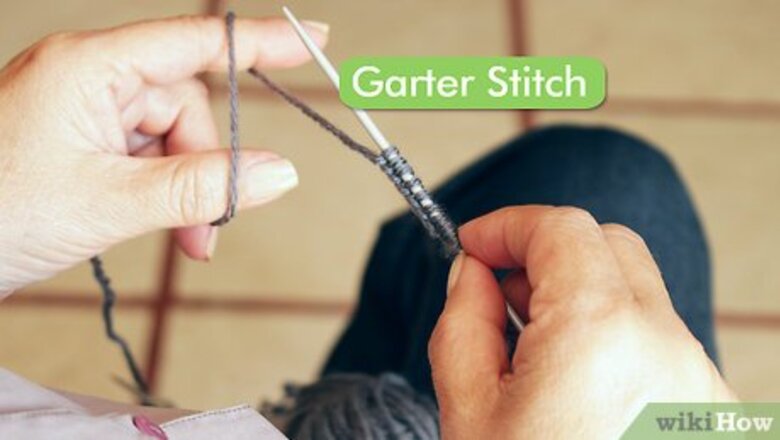
views
Preparing For the Garter Stitch
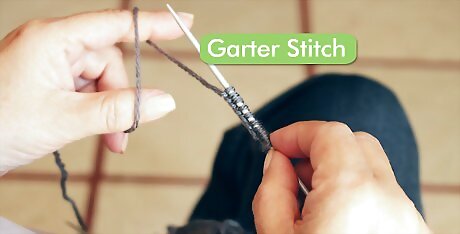
Understand what garter stitch is. The garter stitch is the easiest knitting stitch pattern. It's commonly the first stitch novice knitters learn because it only requires you to know how to knit the basic knit stitch. Plus, the fabric lies flat and is fully reversible. So it's very easy to handle during the knitting process. Garter stitch is characterized by horizontal ridges on both sides of the fabric.
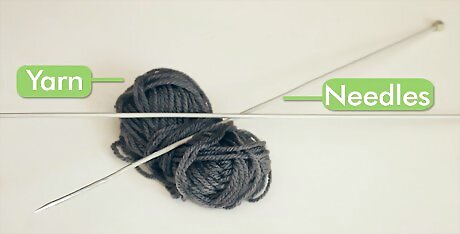
Gather your materials. Decide on the yarn and needles you would like to use. For beginners, larger needles and thicker yarn will make learning easier. Try size 8, 14" long single-pointed knitting needles. If you're knitting in the round, use double-pointed needles. If you have smaller needles and yarn, try to make loose stitches that allow plenty of room to maneuver.
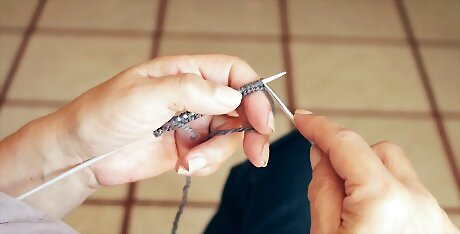
Determine which hold you prefer. Knitters can work Continental-style or English-style. Try out both as you learn to knit, and evaluate what works best for you. These instructions are for English-style knitting, but they can be easily adapted for Continental style.
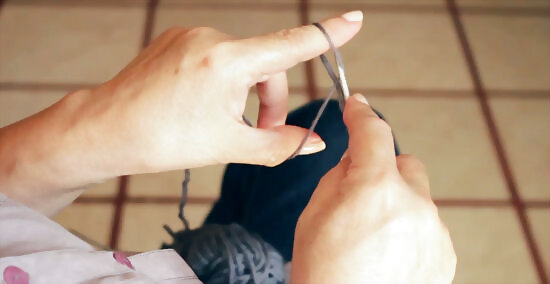
Cast on your stitches. Before you begin knitting, cast-on as many stitches as your pattern requires. After you cast on all stitches, make sure to push the stitches towards the tip.
Knitting the Garter Stitch
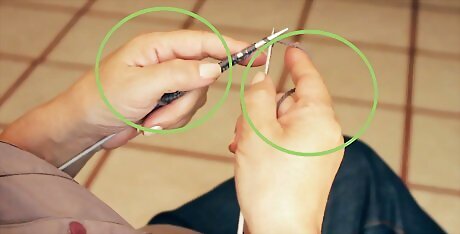
Hold the needles in the starting position. Begin garter stitch by holding the needle with the cast-on in your left hand and the other needle in your right hand. Hold the yarn in your right hand. Make sure the left needle tip is pointing towards the right.
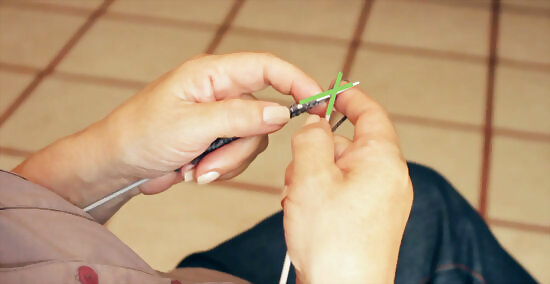
Push the tip of the right needle into the first loop on the left needle. Push the needle into the loop from the bottom to the top. When you do this, the right needle should cross behind the left needle. The needle tips will be making a T or X pattern. Make sure the yarn lies to the back of your needles.
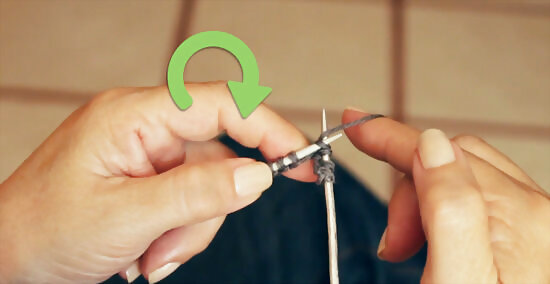
Wrap the yarn around the right needle. Hold the yarn securely in your hand and wrap it around the back of the right needle near the tip, counter-clockwise. Then, pull the yarn clockwise across the front of the right needle so that it sits between the two needles. The yarn can be held and wrapped using either your right or your left hand. Choose whichever feels more comfortable to you. Some people hold both needles with only the right or the left hand, and then use their free hand to wrap the yarn around the needles. Others prefer to keep holding the needles in both hands and then wrap the yarn around the needle with their right hand while the right hand still holds the right needle. Try holding the yarn between your thumb and forefinger.
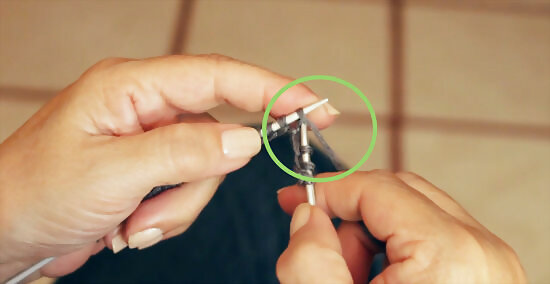
Pull the right needle through the loop. Start to gently pull the tip of the right needle back through the first loop towards you, bringing the yarn you looped around the needle with it. You might want to angle the right needle slightly towards yourself to bring the yarn through the loop. Slowly pull the right needle all the way through then bring the right needle up, so that it's on top of the left needle. Don't pull too hard or you will pull the needle right out. Make sure to keep the yarn in your hand taut so that the yarn you wrapped around the right needle doesn't loosen as you pull it through the loop. Make sure that the yarn you wrapped around the right needle stays on the needle as you pull it through the loop. When you have completed this step, the right needle is in front of the left needle.
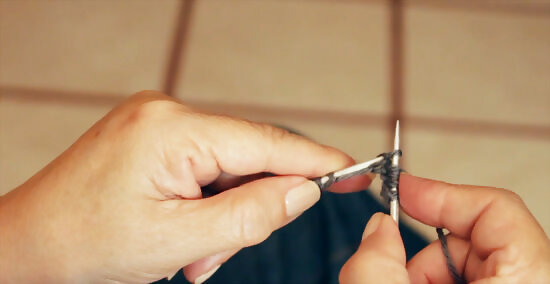
Pull the loop off the left needle. Carefully lift the right needle to the right so that the old loop on the left needle slides off. Keep the yarn taut after each stitch so that the loops are close to the needle but not so hard that you can't slide the needle into them. The first knit stitch should now be on the right needle.
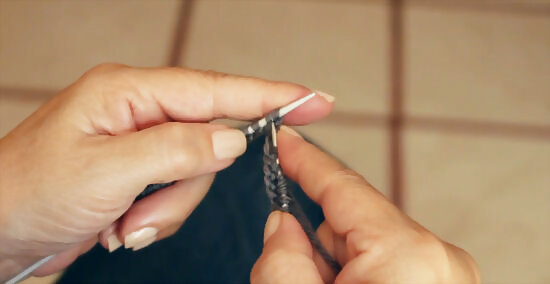
Continue knitting. Knit all the cast-on stitches in the same way until there are no more cast-on stitches on your left needle. When all the stitches are on your right needle, you have finished your first row of knitting.
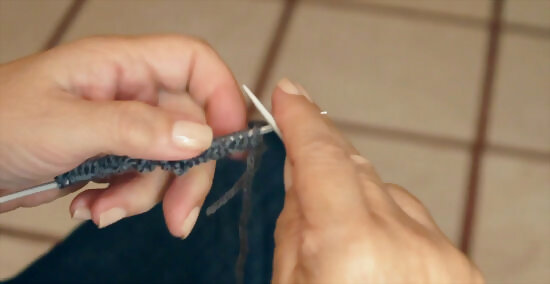
Switch the needles in your hands. Your left hand should be the one holding all the stitches. You are now ready to start knitting your second row in exactly the same way as the first. What you have just finished, including the cast-on, is considered row 1. When you turn the project around to start the second row, the working yarn needs to be in the back.













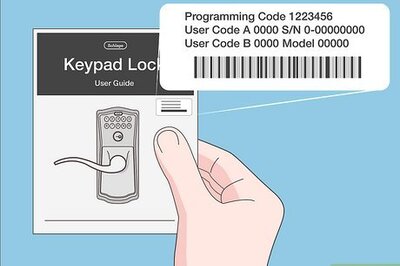


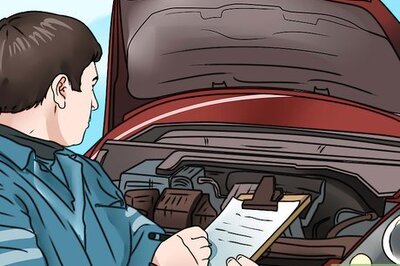

Comments
0 comment